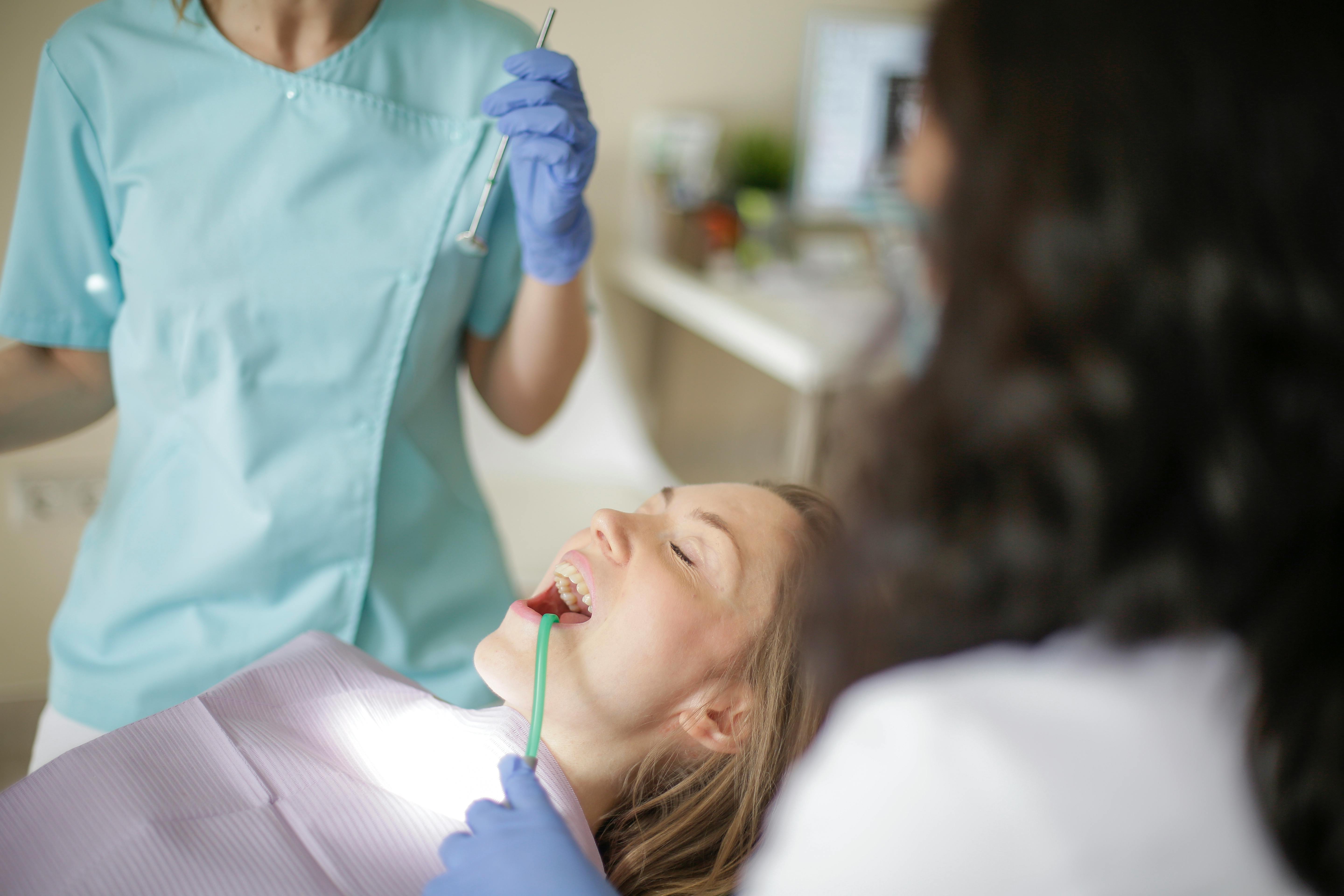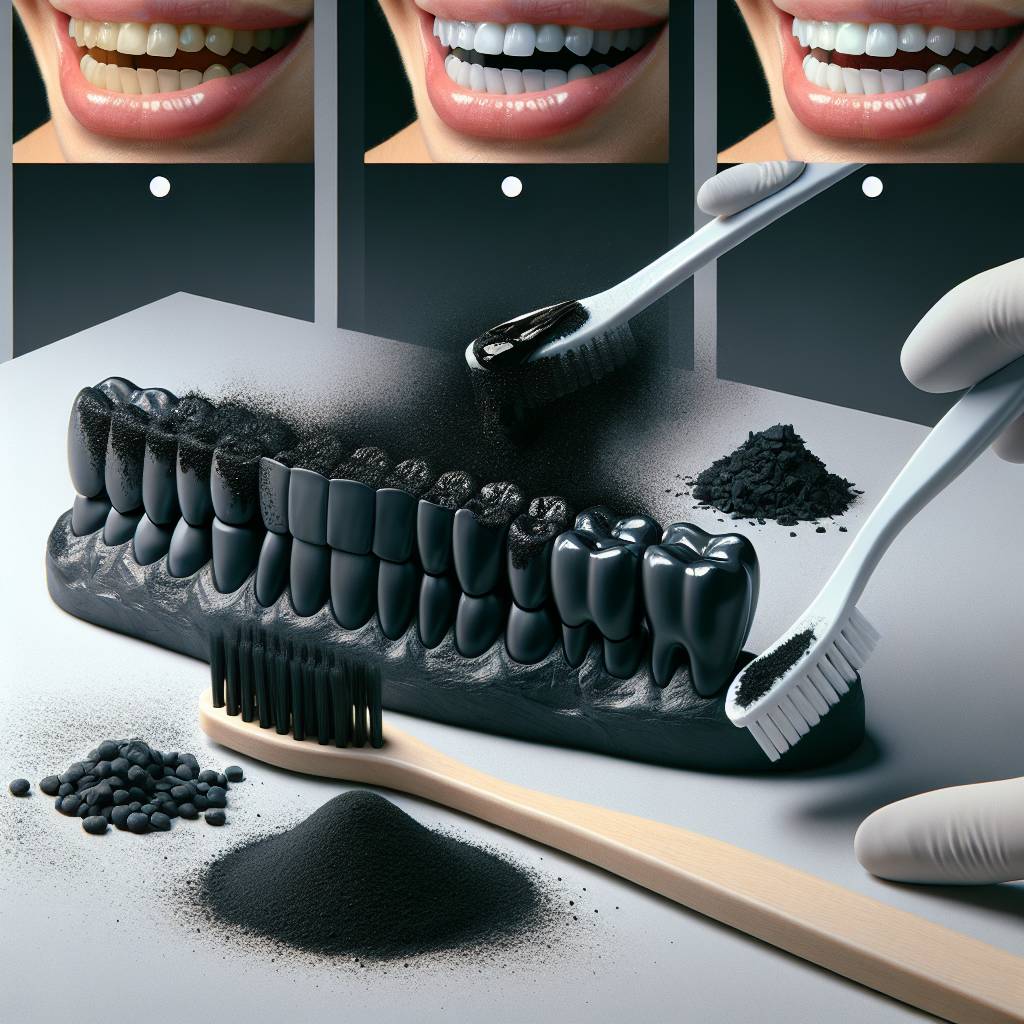Activated charcoal has recently become popular for its whitening effects on teeth. It is a natural and safe way to get rid of surface stains and discoloration, leaving you with a bright, beautiful smile. In this article, we will discuss how activated charcoal works to whiten teeth and the safety of using it.Activated charcoal is a highly absorbent material that has been processed to make it extremely porous. It can be used to filter and purify liquids, gas, and solids. Activated charcoal is commonly used to adsorb (bind) toxins and impurities from liquids or gases, making them safer for human consumption. It is also used in a variety of industries to filter and clean water, air, and other substances.
How Does Activated Charcoal Whiten Teeth?
Activated charcoal is a natural teeth whitening technique that has been growing in popularity in recent years. It works by binding to the surface of the enamel and absorbing stains, plaque, and other discoloration. This process helps to whiten the teeth while also removing any bacteria and toxins that may be present. Unlike other teeth whitening methods, activated charcoal is a safe, non-toxic option that can be used at home without the need for professional assistance.
The process of using activated charcoal to whiten teeth is relatively simple. First, a small amount of the powder should be mixed with water until it forms a paste. This paste should then be applied to the teeth using either a cotton swab or brush in gentle circular motions for several minutes. Once finished, the paste should be rinsed away with water and then regular brushing with toothpaste can resume as usual.
It is important to note that this process should not be done more than once or twice per week as activated charcoal can have an abrasive effect on the enamel if used too often. In addition, it is important to avoid swallowing any of the charcoal as it can lead to an upset stomach or other digestive issues if consumed in large quantities.
Activated charcoal can be an effective way to naturally whiten teeth without having to use harsh chemicals or other potentially harmful products. It is important to remember that this method should not replace regular oral hygiene habits such as brushing and flossing but rather serve as an additional tool for achieving brighter, whiter teeth.
Benefits of Activated Charcoal for Teeth Whitening
Activated charcoal has a wide range of benefits, including teeth whitening. It is a natural, safe, and effective option for removing stains from teeth. Activated charcoal works by absorbing plaque and other debris that can cause discoloration. It can also help to reduce bad breath and prevent cavities. The best part is that it is an affordable and convenient way to get a brighter smile.
Using activated charcoal to whiten teeth is easy and simple. All you need to do is mix it with water or coconut oil to make a paste, then apply it directly to your teeth. Leave the paste on for several minutes before brushing it off with a toothbrush. You should repeat the process several times per week for best results.
The great thing about using activated charcoal for whitening teeth is that it does not contain any harsh chemicals or abrasives like some other whitening products do. This makes it much gentler on your teeth and gums than traditional whitening products, while still providing the same results. Plus, since activated charcoal is 100% natural, you don’t have to worry about any unwanted side effects like sensitivity or irritation.
Overall, using activated charcoal for teeth whitening can be an excellent choice if you are looking for an affordable and effective way to get a brighter smile without any harsh chemicals or abrasives. Plus, it’s easy to use and provides long-lasting results with regular use!
What Are the Side Effects of Using Activated Charcoal on Teeth?
Activated charcoal is becoming an increasingly popular choice for teeth whitening. It is used to absorb toxins and chemicals, and it has been incorporated into many toothpastes and mouthwashes. While activated charcoal may be effective in whitening teeth, it can also have some side effects.
The most common side effect of using activated charcoal on teeth is increased tooth sensitivity. This can occur because charcoal is mildly abrasive, which can cause damage to the enamel on the surface of the teeth. Additionally, the use of activated charcoal may cause inflammation in the gums since it can strip away bacteria that are beneficial for oral health. It is important to note that excessive use of activated charcoal can also lead to discoloration, as it has been known to stain teeth if used too frequently.
Another potential side effect of using activated charcoal on teeth is that it can be unpleasant to taste. This bitter taste may linger in the mouth after brushing, which could make brushing unpleasant for some individuals. Additionally, activated charcoal may mask other flavors while brushing or flossing, making it difficult for people to detect any problems with their oral hygiene.
Overall, activated charcoal can be an effective solution for whitening teeth as long as users are aware of its potential side effects and take steps to minimize them. If users are experiencing any negative side effects from using this product, they should speak with a dentist before continuing its use.

Is Activated Charcoal Safe to Use on Teeth?
Activated charcoal has been used for centuries to treat various medical conditions, including dental problems. It is known to draw out toxins from the body, and can be beneficial when applied topically. In recent years, activated charcoal has become increasingly popular as an all-natural way to whiten teeth. But is it safe to use activated charcoal on teeth?
The short answer is yes, activated charcoal is generally considered safe when used on teeth. However, it can be abrasive and cause damage if used incorrectly or too frequently. When using activated charcoal on your teeth, it’s important to use a product specifically formulated for dental use that is safe and non-abrasive. It’s also important to speak with your dentist before using any type of whitening product, including activated charcoal.
Activated charcoal is most commonly found in toothpastes and powder form. The powder form is applied directly to the toothbrush and then brushed into the teeth for two minutes at a time. This process should not be done more than twice a week in order to avoid damage caused by overuse of the product. Toothpastes containing activated charcoal can be used more regularly but should still be done under the supervision of a dentist or dental hygienist.
The main benefit of using activated charcoal on teeth is its ability to absorb toxins and remove stains from the surface of the enamel. This makes it an ideal choice for those looking for an all-natural way to whiten their teeth without harsh chemicals or abrasives. However, it should not be relied upon as an exclusive form of whitening as it does not penetrate deeply enough into the enamel to provide long-term results.
In conclusion, activated charcoal can be safely used on teeth when done so under proper guidance from a dentist or hygienist. Because of its potential abrasiveness, it should only be used in moderation and never as an exclusive method of whitening teeth. As with any other type of oral care product, it’s always best to consult with your dentist before making any changes in your routine oral hygiene habits.
Alternatives to Using Activated Charcoal for Teeth Whitening
Teeth whitening is a popular way to brighten the smile, but not everyone wants to use activated charcoal. Fortunately, there are several alternatives that can be used to achieve similar results.
One option is to use a whitening toothpaste. These products often contain abrasive ingredients that help to remove surface stains from the teeth. They also contain bleaching agents which can further help to brighten the smile. Whitening toothpastes are generally safe for daily use and may be a good choice for those who don’t want to undertake more involved whitening procedures.
Another option is professional teeth whitening treatments. These treatments are usually carried out by a dentist or dental hygienist and involve applying a stronger whitening agent directly onto the teeth. The treatment may take place over several sessions and can provide dramatic results in terms of teeth whiteness. However, it can also be expensive and may not be suitable for everyone.
At-home teeth whitening kits are also available, which typically involve using pre-filled trays filled with a mild bleaching agent that are worn over the teeth for several hours at a time. This treatment can be done in the comfort of one’s own home and is generally very affordable, but it may take longer than other options before results become visible.
Finally, it is possible to make some dietary changes in order to reduce staining on the teeth and improve their overall appearance. Eating foods high in fiber such as fruits and vegetables can help remove plaque from the surface of the teeth, while avoiding foods high in sugar or acidity will reduce staining caused by these substances.
In conclusion, there are many alternatives available when it comes to achieving whiter teeth without using activated charcoal. It’s important to speak with a dental professional before embarking on any kind of teeth whitening treatment so that you can ensure you choose an option that is safe and effective for your individual needs.
Prepare the Surface
Before you use activated charcoal for whitening, it’s important to ensure that the surface is clean. Use a gentle cleanser and a soft cloth to remove any dirt, dust, and debris from the surface. This will help the charcoal to adhere better and work more efficiently.
Mix the Charcoal with Water
To make activated charcoal paste, mix equal parts of charcoal powder and water in a bowl. Stir until you have a thick paste-like consistency. If the paste is too thick, add more water until you reach the desired consistency.
Apply with Brush
Using a soft-bristle brush, apply the activated charcoal paste onto your teeth or surface. Start at one end and work your way up until you have covered everything evenly. Allow it to sit for a few minutes before rinsing off with warm water.
Follow Up With Toothpaste
After rinsing off the activated charcoal paste, follow up with your regular toothpaste or surface cleaning solution. This will help to remove any remaining residue from your teeth or surface and give them an extra shine.
Use Regularly
For best results, use activated charcoal whitening regularly for several weeks or months before seeing results. You may find that after a few weeks of regular use your teeth become noticeably whiter and brighter!

Conclusion
Activated charcoal has been used to whiten teeth for many years and is becoming increasingly popular. It is a safe and natural way to whiten teeth, although it may take some time to see results. Activated charcoal works by absorbing the surface stains on the teeth and removing them from the enamel. It should be used with caution, however, as overuse can cause abrasion of the enamel, making it more prone to decay and discoloration. Additionally, it should be used in combination with other oral hygiene practices such as brushing and flossing for optimal effects.
In conclusion, activated charcoal can be an effective way to whiten teeth when used correctly. It is important to be aware of its potential side effects and use it in combination with other good oral hygiene habits for best results.

